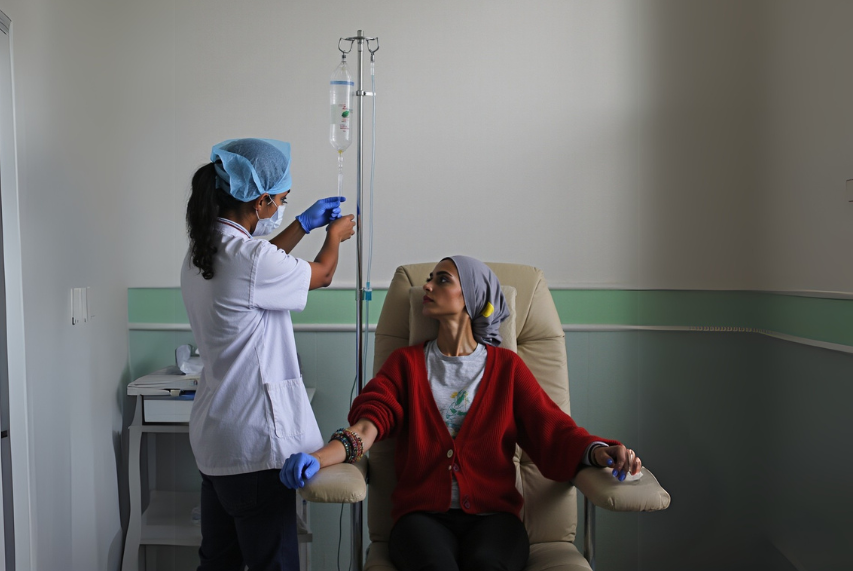5 Breakthroughs Transforming Pediatric Leukemia Treatment in 2025
Pediatric leukemia treatment has come a long way in recent years, with survival rates improving dramatically. As we enter 2025, several exciting breakthroughs are changing the game for young patients battling this disease. Let's explore five key advancements that are transforming pediatric leukemia care.
1. Blinatumomab: A Game-Changing Immunotherapy
Blinatumomab, an innovative immunotherapy drug, is revolutionizing treatment for B-cell acute lymphoblastic leukemia (B-ALL), the most common childhood cancer. When combined with standard chemotherapy, blinatumomab has shown remarkable results:
- 96% of children with standard-risk B-ALL were disease-free for at least three years
- Patients were 61% less likely to experience cancer relapse compared to those who didn't receive the drug
This breakthrough has led to blinatumomab becoming the new standard of care for most patients with B-ALL.
2. Targeted Therapies for Specific Genetic Mutations
Researchers are making significant progress in developing targeted therapies for leukemias with specific genetic changes:
- Drugs like imatinib and dasatinib are now approved for children with leukemia carrying the Philadelphia chromosome
- Ongoing trials are testing drugs that target the FLT3 gene mutation in acute myeloid leukemia (AML)
- Larotrectinib is being studied for leukemias with NTRK gene changes
These targeted approaches aim to improve treatment effectiveness while reducing side effects.
3. CAR T-Cell Therapy Advancements
Chimeric Antigen Receptor (CAR) T-cell therapy continues to show promise in treating relapsed or refractory leukemias:
-
This personalized treatment uses a patient's own modified immune cells to fight cancer.
-
Researchers are working on developing "off-the-shelf" allogeneic CAR T-cell therapies, which could make this treatment more widely accessible 7.
4. Menin Inhibitors for Infant Leukemia
A new class of drugs called menin inhibitors is showing encouraging results for infants with relapsed acute lymphoblastic leukemia (ALL):
- These drugs target specific genetic changes common in infant leukemia.
- Early clinical trials are demonstrating promising outcomes for this hard-to-treat patient group
5. Improved Cardiac Care During Treatment
Heart damage from chemotherapy has been a major concern in pediatric leukemia treatment. A recent study shows that the drug dexrazoxane can significantly reduce heart complications:
- Use of dexrazoxane increased from 11% in 2010-2015 to 92% in 2019-2021.
- This led to a decrease in cardiac ICU care from 33% to 18%
These advancements are contributing to steadily improving survival rates for pediatric leukemia:
- The 5-year survival rate for children with ALL has risen to about 90% overall
- For AML, the 5-year survival rate has improved to 65-70%
Final Thoughts
While these breakthroughs are exciting, it's important to note that outcomes can vary based on individual factors like leukemia subtype, age at diagnosis, and treatment response. The future of pediatric leukemia treatment looks brighter than ever. These advancements are not only improving survival rates but also enhancing quality of life for young patients by reducing treatment side effects.
Are you a healthcare professional working in pediatric oncology? Stay updated on the latest treatment protocols and clinical trials to ensure your patients receive the most advanced care available. Together, we can continue to make strides in the fight against childhood leukemia.







Comments